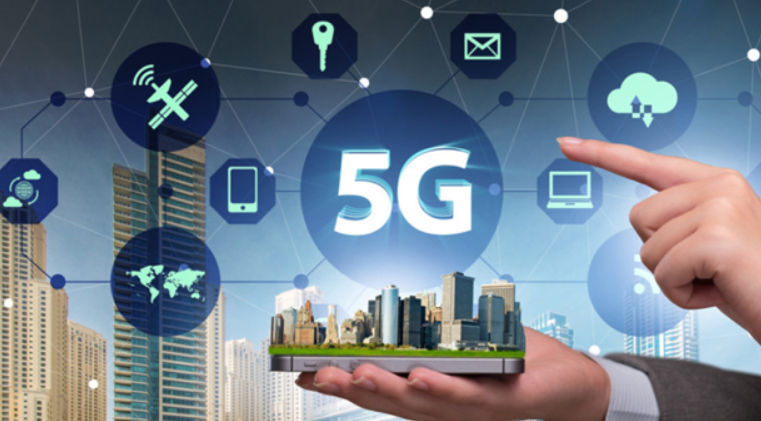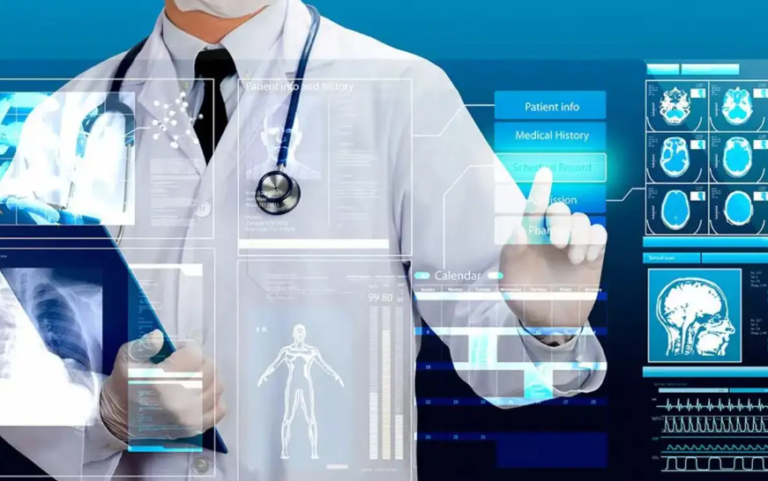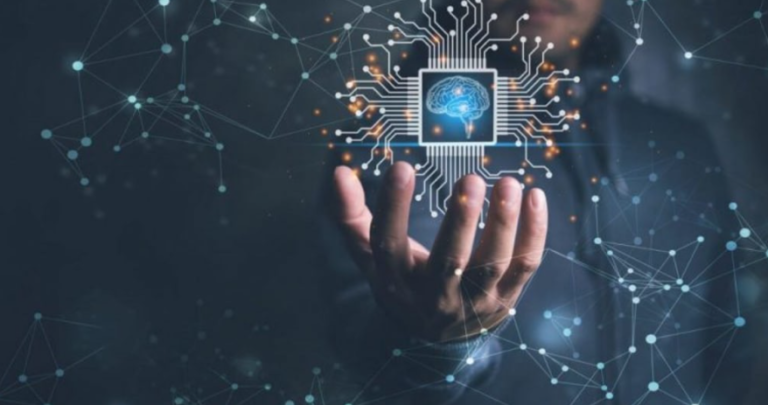How 5G Technology is Changing Communication
In the digital age, communication technology continues to evolve at a rapid pace, and the arrival of 5G technology marks a revolutionary leap forward. This fifth generation of wireless technology is not just about faster internet speeds; it fundamentally transforms how people, devices, and businesses communicate. From mobile phones to smart cities, 5G is reshaping the communication landscape, making connections faster, more reliable, and more immersive than ever before. This article explores how 5G technology is changing communication and the profound impact it has on various aspects of our daily lives.
Introduction to 5G Technology
What is 5G?
5G, or fifth-generation wireless technology, represents the latest advancement in mobile networks. It follows the previous generations—1G, 2G, 3G, and 4G—each bringing improvements in speed, connectivity, and capabilities. While 4G LTE networks provided the foundation for mobile internet, video streaming, and social media, 5G takes these capabilities to new heights with significantly faster speeds, ultra-low latency, and the ability to connect a vast number of devices simultaneously.
Evolution from 1G to 5G
The journey from 1G to 5G illustrates a technological evolution: 1G was about voice calls; 2G introduced texting; 3G enabled mobile internet; 4G brought high-speed broadband and streaming; and 5G now supports a fully connected digital ecosystem, including IoT devices, autonomous vehicles, and augmented reality.
See also: The Impact of Artificial Intelligence on Everyday Life
Key Features of 5G Technology
- Enhanced speed: Up to 100 times faster than 4G, enabling rapid downloads and uploads.
- Low latency: Response times as low as 1 millisecond, crucial for real-time applications.
- Massive device connectivity: Supports millions of devices per square kilometer.
- Improved reliability: Stronger, more stable connections even in crowded areas.
The Impact of 5G on Mobile Communication
Faster Data Speeds and Lower Latency
5G’s lightning-fast data transfer rates enable smoother video calls, quicker file sharing, and an overall seamless mobile experience. The ultra-low latency means near-instantaneous communication, which is essential for applications like gaming, live broadcasting, and remote surgeries.
Enhanced Mobile Broadband Experience
With 5G, mobile users enjoy higher-definition streaming, better voice clarity, and faster internet browsing. The network efficiently manages heavy data traffic, preventing slowdowns even in dense urban areas or large events.
Improved Connectivity in Crowded Areas
Events like concerts, sports games, or busy city centers traditionally suffer from network congestion. 5G’s ability to handle many simultaneous connections drastically improves communication reliability in these scenarios, ensuring people stay connected when it matters most.
5G and the Internet of Things (IoT)
What is IoT and Its Connection with 5G?
The Internet of Things (IoT) refers to a network of interconnected devices, from home appliances to industrial machines, communicating and sharing data. 5G’s vast connectivity and speed make it the perfect backbone for IoT, enabling smarter homes, cities, and industries.
Real-World Examples of IoT Empowered by 5G
Smart traffic lights that adjust in real-time, connected health monitors, and precision agriculture systems all depend on the rapid data exchange made possible by 5G networks.
Impact on Smart Homes and Cities
5G-powered IoT facilitates advanced home automation, energy management, and public services like waste management, traffic control, and public safety, leading to improved quality of life and efficiency.
5G’s Role in Transforming Business Communication
Enhanced Video Conferencing and Virtual Meetings
Businesses benefit from high-definition video calls with minimal lag, improving remote collaboration and reducing the need for physical meetings. This fosters better teamwork and productivity.
Remote Working Capabilities
5G supports reliable, high-speed internet connections, making remote work more feasible and efficient. Employees can access cloud services, share files, and interact in real-time without connectivity issues.
Real-Time Data Sharing and Cloud Computing
Companies can leverage 5G to process and share large data sets instantly, empowering quicker decision-making and innovative applications like virtual reality training and real-time analytics.
Changes in Social Media and Streaming
Higher Quality Live Streaming and Video Content
Content creators can broadcast in ultra-high definition with fewer interruptions, enhancing viewer experience on platforms like YouTube, Instagram, and TikTok.
Reduced Buffering and Faster Upload/Download Times
Users no longer face frustrating delays when uploading videos or streaming content, thanks to 5G’s enhanced bandwidth.
New Opportunities for Augmented and Virtual Reality (AR/VR)
5G enables immersive AR and VR experiences on mobile devices, opening new frontiers for gaming, education, and social interaction.
5G and Emergency Services Communication
Faster Response Times and Reliable Communication
Emergency responders can communicate with greater clarity and speed, improving coordination during critical incidents.
Enhanced Public Safety Networks
5G supports advanced surveillance, drone usage, and real-time data sharing that enhances public safety efforts.
Use Cases Like Telemedicine and Disaster Management
Telemedicine consultations and remote diagnostics become more effective with 5G’s low latency. Additionally, disaster management benefits from real-time situational awareness and communication.
Security Challenges and Solutions in 5G Communication
Potential Cybersecurity Risks with 5G
The expanded network surface increases vulnerabilities, making security a top priority.
Advances in Network Security Protocols
5G incorporates enhanced encryption, authentication, and network slicing to isolate and protect critical communications.
Privacy Considerations
Stronger privacy safeguards are essential as 5G collects vast amounts of data from connected devices.
Global Adoption and Infrastructure Development
Current Status of 5G Rollout Worldwide
Many countries have launched 5G networks, but adoption varies based on infrastructure investment and regulation.
Challenges in Infrastructure Deployment
High costs, spectrum allocation, and rural coverage remain hurdles for widespread 5G availability.
Future Outlook and Innovations
Ongoing innovations promise expanded 5G capabilities and integration with other emerging technologies.
Environmental Impact of 5G Technology
Energy Consumption Concerns
While 5G supports more devices, it requires energy-efficient solutions to minimize environmental impact.
How 5G Supports Sustainable Communication
5G enables smart energy management and remote monitoring that can reduce carbon footprints.
Green Technologies Integrated with 5G
The network supports green initiatives like smart grids and precision agriculture, promoting sustainability.
Future Trends: What’s Next After 5G?
Emerging 6G Concepts
6G envisions even faster speeds, global coverage via satellites, and integration with AI at unprecedented levels.
Potential Communication Revolutions
From holographic calls to fully immersive virtual environments, future technologies will continue to reshape communication.
Integration with AI and Machine Learning
The combination of 5G and AI will automate networks and enhance user experiences in ways we are only beginning to imagine.
FAQs about 5G Technology and Communication
Q1: What makes 5G faster than 4G?
5G uses higher-frequency bands and advanced antenna technologies to deliver significantly higher data rates and lower latency.
Q2: Is 5G safe for health?
Extensive research indicates that 5G radiation levels are within international safety standards and pose no known health risks.
Q3: How will 5G affect internet costs?
Initially, costs may be higher due to infrastructure investments, but widespread adoption is expected to drive prices down over time.
Q4: Can 5G work in rural areas?
Deployment in rural areas is challenging but ongoing, with solutions like low-band 5G aiming to improve coverage.
Q5: Will 5G replace Wi-Fi?
5G complements rather than replaces Wi-Fi, with both technologies serving different connectivity needs.
Q6: How does 5G improve video calls?
By reducing lag and increasing bandwidth, 5G ensures smoother, higher-quality video communication.
Conclusion
5G technology is undeniably transforming communication by delivering faster, more reliable, and more versatile connectivity. It enhances everyday mobile use, revolutionizes business operations, empowers IoT ecosystems, and supports critical services like emergency response and telemedicine. While challenges such as security and infrastructure remain, the ongoing global rollout and future innovations promise an exciting new era of communication. As 5G continues to unfold, it reshapes how we connect, interact, and experience the world—truly changing communication as we know it.



